The Travel Channel recently rebroadcasted Bizarre Food’s visit to Japan, with one segment having host Andrew Zimmern trying the various cuisine of Okinawa. In that segment, he noted how Okinawans are reputed to live very long and healthy lives, with more centinarians per capita there than anywhere else in the world. At that time, his guest’s mother was preparing a few of her favorite okinawan dishes, both of which featured Goya (bitter melon). She says This fruit is what gets partial credit to the amazing longevity of Okinawans.
A quick search online about bitter melon reveals its known effective uses in medicinal applications, from treating infections, to digestive problems, and even type 2 diabetes and cancer. Surely eating this wonder fruit from a young age must help prevent one from even getting these sometimes fatal ailments to begin with.
So during my usual relaxing browse through the KCC Farmers’ Market this past Saturday morning (where were you Nate?!), I seen a few vendors selling bitter melon, so I bought a couple and set off to make the most celebrated Okinawan dish of the genre, Goya Chanpuru.
It didn’t take long to find a recipe online, where I quickly landed upon a rather entertaining video cooking lesson by “Cooking with Dog”…

Kawaii nei! lol
Here’s the video…
[youtube=http://www.youtube.com/watch?v=bp-a5y8rY28]
Here’s the Goya (bitter melon)…
As per the instructions in the video lesson, I scraped the seeds and white pulp out of it using a spoon, which you can see still intact in the center example.
As you see by its outer appearance, it looks kinda’ like a shriveled cucumber. It’s also about as big as a typical cucumber.
Taste wise, I didn’t find it terribly bitter. It’s difficult to assimilate its flavor with something else, except to say it tastes “green”, which I suppose means it’s good for you! Texture-wise, it’s fairly crunchy in raw form, but softens quickly once it hits the heat.
So you chop the Goya into slices about 1/4″ thick, then dust it with salt to macerate it, which they say also regulates its bitterness. After letting it stand in salt for about 10 minutes, you rinse it with water then let it dry, where now they’re ready to use in the Goya Chanpuru…
As you see in the method of “Cooking with Dog”, each element of the final Chanpuru stir fry is done in steps prior. Now that the Goya is ready to go, next you prepare the egg by simply whisking it until the yolk is combined with the white, season with salt and pepper, then fry that up…
When the egg’s done, put in a plate and set aside.
Another key ingredient in Chanpuru is Tofu, which I used Aloha Brand (my favorite)…
According to the video lesson, you wrap the tofu block in a paper towel, then microwave it for a minute or two, then use another paper towel afterward, all in an effort to absorb and remove as much water out of it as possible. After doing that, you cut them in little “steaks” and pan fry them until gold brown on the outside…
When you’re done browning the tofu, set that aside on a plate.
Now make the “condiment”. This is the all-important sauce that will flavor the dish. It’s basically a simplified misoyaki, using miso paste…
The “condiment” (misoyaki) sauce used in this Goya Chanpuru dish is made using: 2 tbsp. miso, 2 tbsp. sake, 1/2 tbsp. sugar and 1 tsp. soy sauce. Here’s how it looks after those ingredients are thoroughly combined…
You know what? This sauce ROCKS! OMG, it so rocks. Easily another one of those culinary wonders that could make road kill taste great. Best of all, it’s so easy to make.
We’re getting close to putting this whole thing together. A few other flavor components to mention are the sliced onions…

And to finish the dish off, Katsuobushi flakes…
Katsuobushi flakes are shavings of bonito, which is a dried and smoked tuna. This is absolutely one of the most unique culinary signatures of Japanese cuisine. Anyhow, this will be used as a finishing touch to the Goya Chanpuru.
Last but not least, we have the pork, which here has been marinading in equal parts of shoyu and sake…
So now that all the elements have been prepared and pre-cooked and in place, it’s time to make Goya Chanpuru!
Here we have the pork pretty much cooked through, with the onions just added…
After the onions caramelized, next went in the Goya and fried eggs…
Then goes in the browned tofu and “condiment” (simplified misoyaki sauce)…
After thoroughly combining everything, here’s the finished Goya Chanpuru in the pan…
Then, once again, it goes to plate, with it garnished with Katsuobushi and – per my personal preference – the addition of sliced green onions (negi)…
How is it? Oishii desu! In the sum of its parts, this dish rings of comfort food. While my first take on it certainly will not compare to that which was made by your favorite obaasan, I’m quite proud and delighted how it came out.
Watch the video of “Cooking with Dog”, buy the ingredients, and try make Goya Chanpuru yourself. Highly recommended recipe and dish!





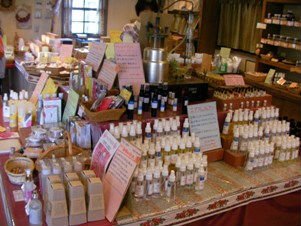
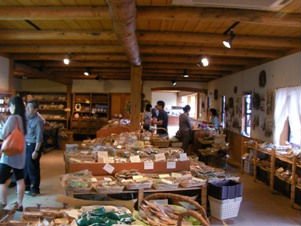

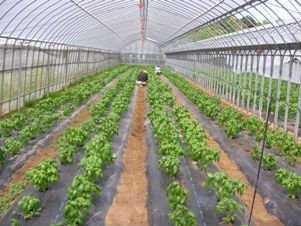
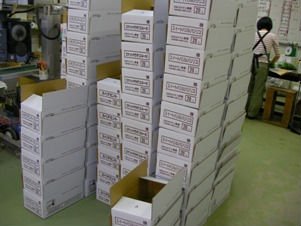
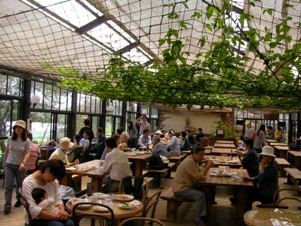
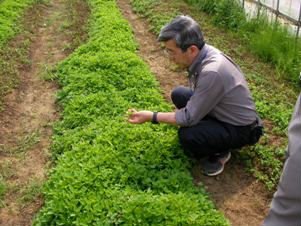






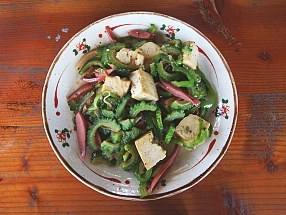
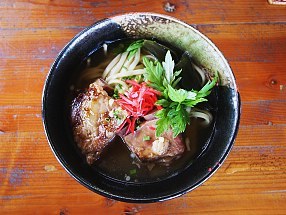






















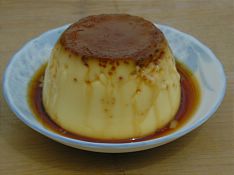
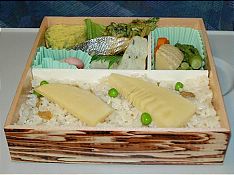

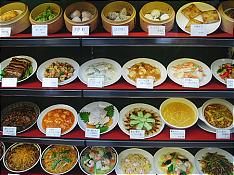
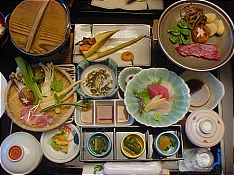
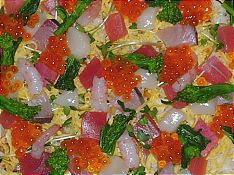
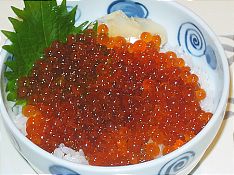
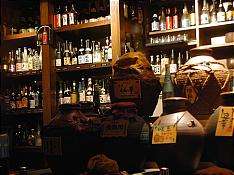
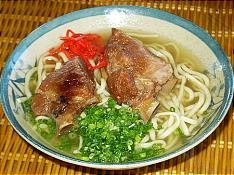
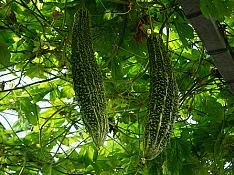
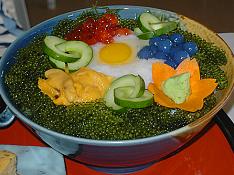
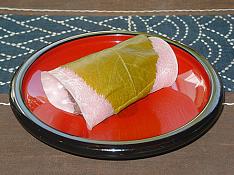
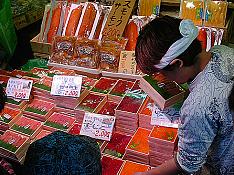
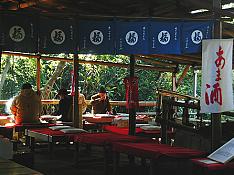
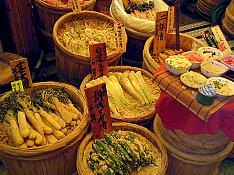
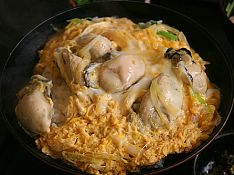
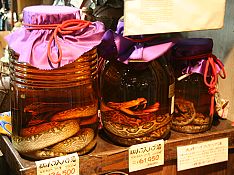




















































16 THOUGHTS ON “OKINAWAN EATS: GOYA CHANPURU”